Predictive Analytics: Predicting Future Trends and Outcomes

In today’s data-driven world, organizations can access vast amounts of data. This is where predictive analytics comes in. Predictive analytics is a set of tools and techniques that uses data, statistical algorithms, and machine learning to predict future outcomes.
Predictive analytics has become increasingly popular in recent years. It’s used in various industries, including healthcare, finance, retail, and marketing. Predictive analytics has proven to be an effective way to gain insights and make informed decisions.
This figure explains how predictive analysis contributes as a pervasive business function throughout the consumer life cycle. Even For essential processes of setting up, running and managing one’s industrial expenses, revenues and data; predictive analysis plays a crucial role in all these aspects as shown in this illustration.
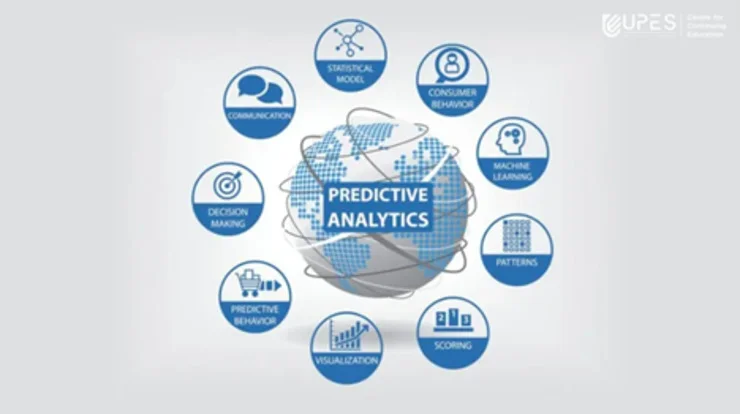
Where is Predictive Analytics Used?
Many different industries employ this analytics technique to foresee future events. For example, predictive analytics are used in healthcare to find patients who are most likely to contract a specific illness or condition.
This enables medical professionals to assist patients early on and provide specialized care. Predictive analytics is used in finance to spot fraud, lower risks, and raise credit ratings. Retailers may offer individualized recommendations and offers by using predictive analysis to recognize customer habits and preferences.
According to a research study released by The Insight Partners in August 2022, predictive analytics has gained the support of a broad spectrum of enterprises, with a global market size of $12.49 billion in 2022.
The Four Steps in Predictive Analytics
There are four main steps in predictive analytics:
- Data Collection
Data collection involves collecting data from various sources, such as customer transactions, social media, and website usage. - Data Preparation
Data preparation involves cleaning, transforming, and integrating data to ensure accuracy and consistency. - Model Development
Model development involves selecting the appropriate predictive analytics models and algorithms. - Model Deployment.
Finally, model deployment consists in deploying the model into the organization’s systems and monitoring its performance.
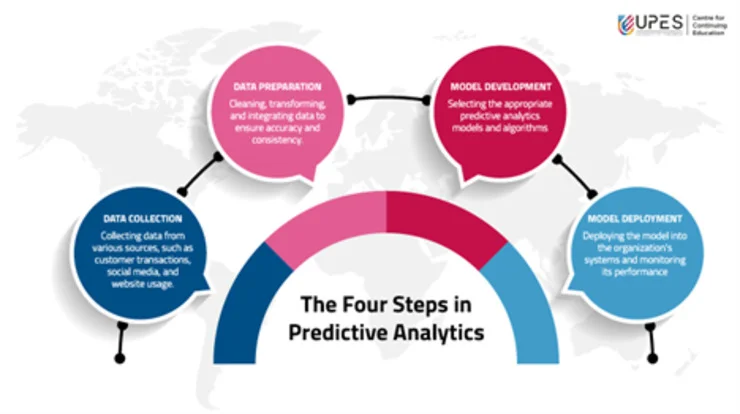
Predictive Analytics Techniques
Organizations can employ various predictive analytics techniques, such as regression analysis, decision trees, random forests, and neural networks. For example, the link between two variables can be predicted using regression analysis. Data is divided into many categories using decision trees based on rules.
To increase prediction accuracy, decision trees are combined to create random forests. The modeling of complex interactions between variables is done using neural networks, which is very helpful in image recognition and natural language processing.
Outcomes of Predictive Analytics
Predictive analytics has a wide range of effects. By forecasting future events, organizations may make wise decisions, lower risks, and spot development possibilities. In addition, by locating opportunities for resource optimization, predictive analytics can assist organizations in cutting expenses.
By making individualized recommendations and offers, it can also raise consumer happiness.
Future of Predictive Analytics
The future of predictive analytics looks bright as it is expected to gain traction as data availability and technology advance.
Organizations will be able to gather insights and make better decisions thanks to the development of advanced predictive analytics models. Predictive analytics combined with artificial intelligence is also anticipated to be used more frequently, giving firms even more potent tools for gathering information and making decisions.
In the future, we expect to see even more examples of predictive analytics driving business success.
Future Trends
Future trends in predictive analytics are diverse, and the area is continually expanding. For example, predictive analytics is increasingly used outside the conventional financial, medical, and retail sectors, which is one trend.
Another instance is the transportation sector which uses predictive analytics to enhance safety, decrease downtime, and enhance maintenance schedules.
Another trend is the importance of predictive analytics in combination with other technologies, such as the Internet of Things and artificial intelligence. By integrating data from IoT devices and using AI to analyze it, organizations can gain even more accurate and reliable predictions.
The growing application of machine learning models is another upcoming trend in predictive analytics. Machine learning models are beneficial for predicting outcomes in dynamic contexts because they may evolve and improve over time.
Machine learning models, for instance, can be used to foretell which consumers are most likely to leave and what factors influence that choice. As a result, organizations can proactively lower customer turnover and increase customer retention by identifying these variables.
In addition, predictive analytics is becoming more accessible to smaller businesses and organizations. Cloud-based tools for predictive analytics are becoming increasingly affordable and easy to use, allowing organizations of all sizes to leverage its power.
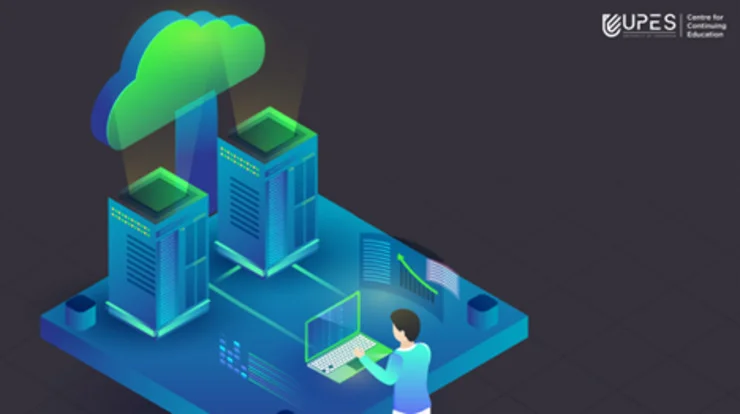
Conclusion
In conclusion, predictive analytics is a potent tool that may assist businesses in gaining knowledge and making wise choices. The several industries that employ it demonstrate its significance.
Organizations can create precise and trustworthy predictive analytics models by following the four steps.
With the right tools and techniques, organizations can reap the benefits of this data analytics technique, including reduced costs, improved customer satisfaction, and increased revenues.
Predictive analytics has a promising future as technology develops further and will put businesses in a strong position to prosper in the following years.
UPES Online Admission Enquiry
Recommended Courses



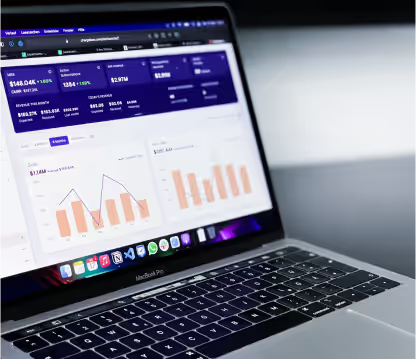
Latest Blogs
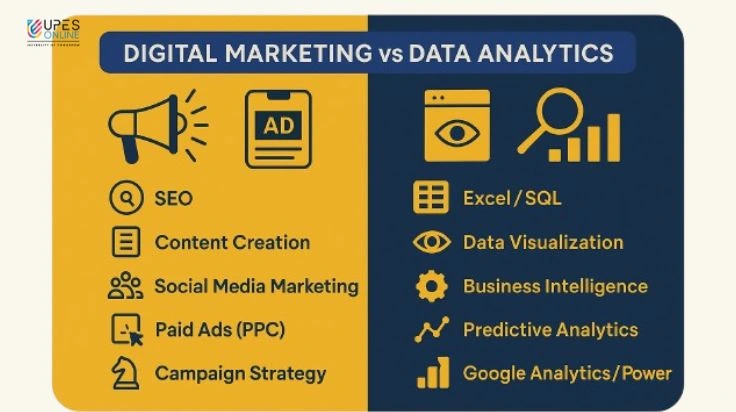
Digital Marketing vs Data Analytics: Which Career Should You Choose?
Battle of skills: Digital Marketing vs Data Analytics—compare 2025 salaries, skills & job roles. Expert tips to choose your future career path!
Read MoreJun 15, 2025 I 12 mins
Why Should I Choose UPES Online? 10 Reasons Why
Explore why UPES Online stands out in online education. Learn about flexible learning, UGC-approved degrees, expert faculty & credible online programs. Enroll now!
Read MoreAug 21, 2025 I 5 min
Can Distance Learning Fully Replace Traditional MBA Education? Challenges & Limitations
Find out if distance learning can truly replace a traditional MBA. Learn key challenges, limitations, expert opinion & insights.
Read MoreSep 2, 2025 I 4 mins
Online MBA Capstone Projects and the Importance They Hold
Know the importance of online MBA capstone projects. Learn how they build real-world skills, boost career opportunities, & add industry value.
Read MoreSep 7, 2025 I 5 mins
UPES Online MBA vs Other Top Universities: Why Students Prefer UPES
Compare UPES Online MBA with other top universities. Know why students prefer UPES online over others. Check fee, flexibility, faculty, ROI, & career scope.
Read MoreOct 1, 2025 I 7 mins






